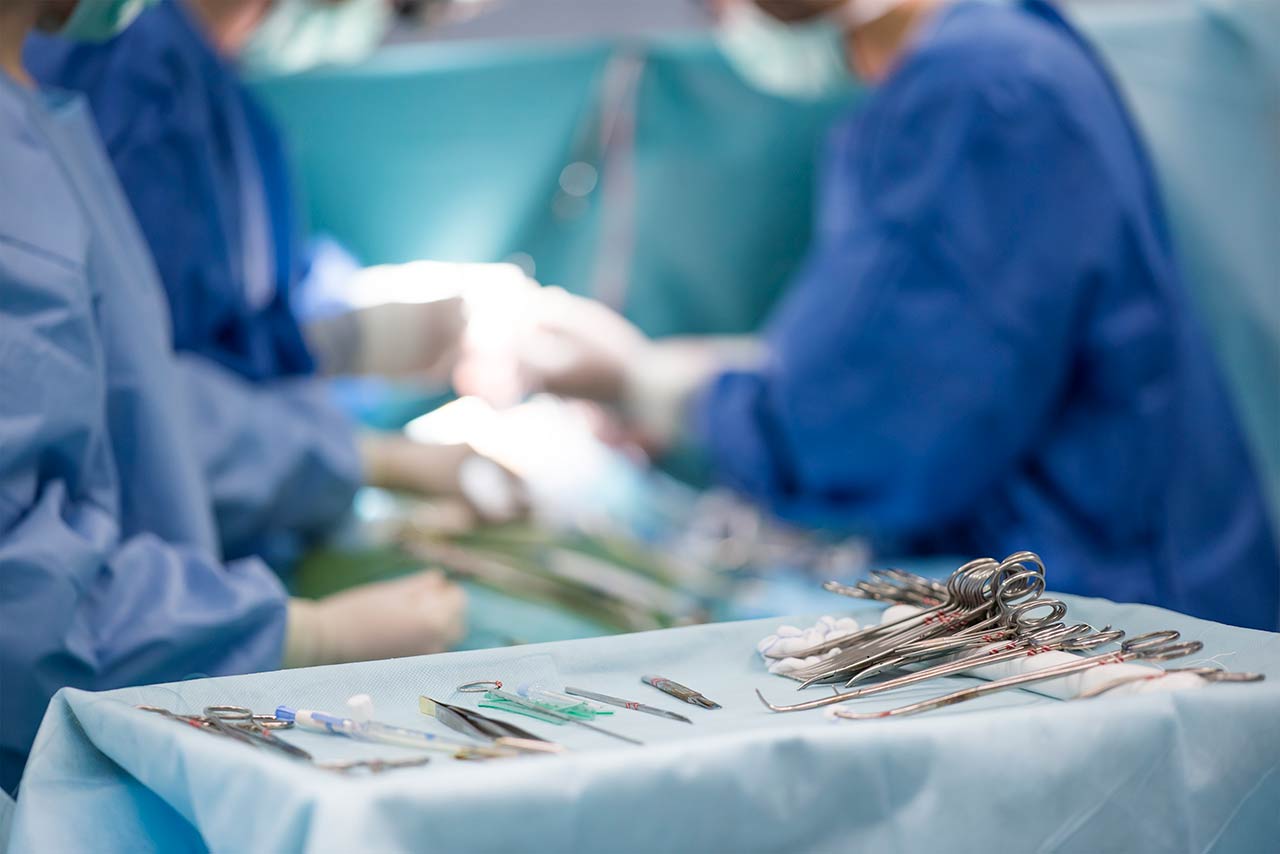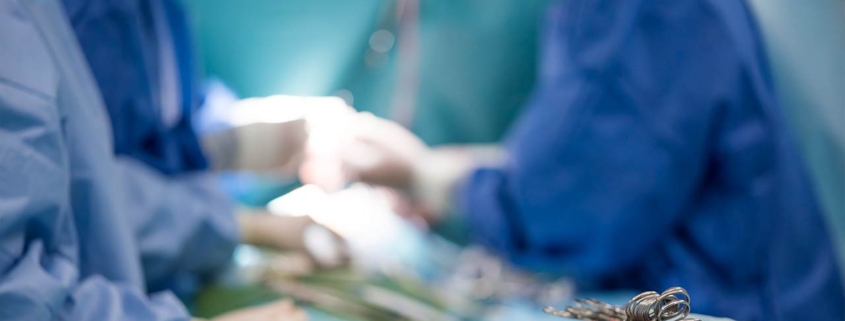Neighborhood News: Watch the history of medicine come alive at the International Museum of Surgical Science

Housed in a 1917 Gold Coast mansion, Chicago surgeon Dr. Max Thorek(1880-1960)had a vision beyond founding the International College of Surgeons in 1935.
Dr. Thorek knew what he was talking about. According to a profile by J Bachrach, during his lifetime, Dr. Thorek was famous throughout the nation for experimental medical treatments and successful surgeries on noteworthy patients, for founding important organizations, and for his work as an amateur photographer.
Dr. Thorek, a Hungarian immigrant who had founded American (now Thorek) Hospital in 1911, persuaded the International College of Surgeons to acquire the building at 1524 N. Lake Shore Drive in 1950. By 1954, the International Museum of Surgical Science opened.
He wanted a space where the public could enhance their appreciation and understanding of the history, development, and advances in surgery and related subjects in health and medicine.
Today, the museum houses four floors and more than 70,000 artifacts from the earliest stages of Western and Eastern medicine to modern miracles. As reported in Choose Chicago, the Museum’s collections and exhibitions portray the mysteries, breakthroughs, failures, and milestones that have shaped modern surgical science.
For example, have you ever thought about how modern dentistry evolved? Check out Dental Office: A Checkup on Dental History, adjacent to the 19th century apothecary. The turn-of-the-century artifacts include a velvet-covered white porcelain dental chair, dental cabinet with attached Bunsen burner and sterilizer, an early air compressor and electric spotlight, dental instruments, and signage and advertising. During this time, electricity and running water also changed the dental office. While a window was still a main source of light, electric lights—often just a single bulb hung over the dental chair—replaced gas and oil lamps. Drills were powered by electricity instead of by foot, and spittoons used running water.
Imagine that!
And how about the world of eye care? On the second floor, Windows to the World: The Science of Sight and the Ophthalmic Art Think about this: Eyeglasses and other vision aids represent a bridge between fashion and science. As they say on their website, “no other scientific instrument has been so greatly influenced by trends in art, fashion, history and religion.”Among the artifacts included are: spectacles (eyeglasses) from ancient China to the present day; lenses for sun, glare, and industrial eye protection; opera glasses, field glasses and binoculars; monocles and lorgnettes; diagnostic and surgical instruments dating back to the 19th century; and works of art portraying optical devices throughout history.
True to Dr. Thorek’s interests in art and photography, the museum displays include photographs, paintings and drawings, sculpture, medical equipment, skeletons, medical specimens and historic artifacts.
When can I visit?
The museum is open Monday-Friday, 9:30am to 5pm, and Saturday and Sunday, 10am to 5pm. For tickets and information on upcoming exhibits, click here.
Alison Moran-Powers and Dean’s Team Chicago

